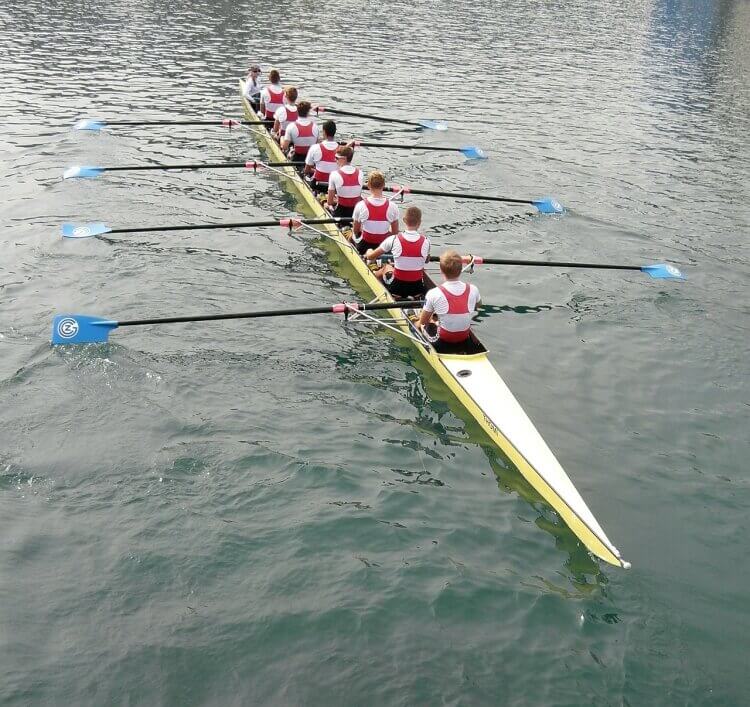3-Minute Read
Walk into any school, gymnasium, workplace, or search education, business, or coaching on Twitter, and odds are you’ll quickly encounter messages and quotes extolling the virtues of leadership. As coaches, we seek leaders to stabilize our teams in pressure situations, to shoulder the responsibility of making plays, and for setting the competitive tone at practice. Hence, we designate captains and form leadership councils. But, as much as we want to develop great leaders, success and maximum growth truly lie with our followers, in the form of followership.

With our team, we define followership as the ability to recognize successful ideas and behaviors outside of ourselves and willingly follow them for the greater interest of the group or team. Followership requires humility to accept that someone else’s idea or method may be more valuable and essential towards achieving the group’s mission than our own. Successful followership also requires discipline to wholeheartedly act in concert with the current leader.

How does a leader instill followership? It begins with emphasizing the idea that everyone must be both a willing leader and follower. Regardless of leadership label (captain, coach, senior, etc.), every team member must be allowed to lead and taught to recognize when to step-up to the challenge and lead and when to step away and follow. Laszlo Bock, former Senior VP of People Operations at Google, in charge of hiring, labeled this desirable trait as emergent leadership: “The idea that when you see a problem, you step in and try to address it. Then you step out when you’re no longer needed. That willingness to give up power is really important” (Lamont, 2015, para 6). In other words, emergent leaders are successful followers, they step in to lead when their ideas are best, and step away and follow when someone else’s expertise is more valuable.

In an effort to develop better followership and consequently better leaders, we incorporate several strategies in our basketball practices and games to provide opportunities for everyone to lead and follow. For example, in competitive scrimmage-like drills, we designate different captains each day, regardless of age or ability. During our shooting drill series, we designate a different player each day to keep count and change the shooting spot or shot type at the proper moment. We may randomly call on a different player, whether playing or on the bench, to lead a huddle in practice. We also simulate in-game scenarios and leave the strategy and execution up to the teams themselves to see who steps up and who follows. Using this approach in practice develops both leaders and followers and transfers to competition. Likewise, as head coach, I step away and allow my assistants to assume control when necessary. This fosters greater buy-in as we follow the same path towards maximizing success.

Although not as celebrated or quotable as leadership, followership is perhaps more valuable in driving a team toward success. Empowering all team members to step up and lead, when appropriate, empowers them to step out and follow with as much energy and investment. Followers are often more committed to the team cause when they know their voice has value. Likewise, captains and designated leaders enhance their trustworthiness and effectiveness as a leader when they show that they have the confidence and humility to follow other team members’ insights. Leaders become great leaders when they work on becoming better followers.
References
Lamont, T. (2015, April 06). How to get a job at Google: Meet the man who hires and fires. Retrieved May 12, 2020, from https://www.theguardian.com/technology/2015/apr/04/how-to-get-job-at-google-meet-man-hires-fires
